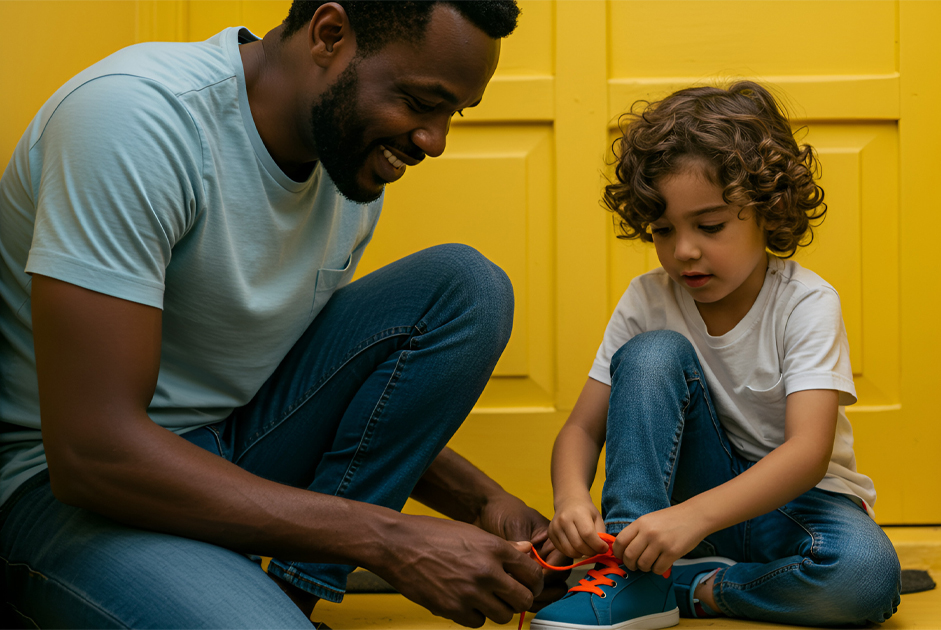Today’s kids have a big job. Understanding the science of animal pollinators, such as bats, bees and wasps, ladybugs and beetles, butterflies, and moths, as well as birds, is not a simple task. The outcome of protecting the pollinators affects 90 percent of flowering plants and one-third of all human food crops. By learning how to help pollinators, children can aspire to protect and restore essential wildlife species.
What is Pollination?
It begins with flowers and expands beyond the stem, petal, and seed. The three parts are easy to identify on flowers, for example, resembling daisies. In daylilies and tulips, it’s not easy to peek inside the petals, although the space is perfect for small creatures with wings or long beaks. In the pollen season, April through May, honeybees fly covered in thick yellow flakes. It is their job to visit as many flowers to collect pollen from the anther and transfer it to a sticky, long “pollen” tube in the center of the flower, the stigma. Some flowers have both male and female parts, which is called self-pollination, while other plants, like a blueberry bush, will grow better in pairs.
Why is Pollination Important?
Sunlight, water, and soil are just three attributes that influence the growth of your favorite vegetables and fruits. Of 100,000 invertebrates and 1,000 mammals that act as pollinators, bees are the most valuable. The honeybees pollinate 70% of all crops, which includes trees that produce seeds, nuts, berries, and fruits. By helping humans, the pollinators are providing the essential food source for many other creatures, as well.
One Person Can Help, You!
Not everyone appreciates a winged insect that buzzes, especially close to our ears; however, it’s an excellent time to learn the difference between a honeybee and a hornet. The bee has a distinct job as a forager to search for water and food sources. Once children learn the difference, the next step is to figure out how to help the bees.
- Provide a Food Source: If you have the space for long limbs, consider planting an oak or maple tree. In addition to attracting insects for baby birds, the tree will be home to animals and provide shelter for you. You can hang a bird feeder on a limb; it’s one of the best ways to welcome pollinators to your yard.
- Birdbath: We often think of a basin sitting on a pedestal in the middle of a flower garden. When water sources are scarce, birds which can fly even two miles will appreciate a clean spot brimming with water. Birds are not the only creatures who will seek a birdbath. You’ll see salamanders, frogs, and bees. Add two rocks that are taller than the water’s surface for the smaller creatures to land and drink safely.
- Plant a Garden: Whether you decide on planting milkweed, wildflowers, vegetables, or fruits, the effort is also a commitment. In welcoming an array of birds, butterflies, and bees to the yard, don’t forget to visit the location, extracting weeds and watering if the ground is dry. You may enjoy using a raised bed or barrel, hanging baskets or pots.
- Learn About Native Plants: Did you know the milkweed is the only plant to host the caterpillars which transition to Monarch butterflies? Fewer milkweed plants over the past 20 years has resulted in a 90% decline. How will you use this insightful information?
- Expanding Your Knowledge: The school and local libraries contain books on topics such as the Monarch, honeybees, endangered species, deforestation, native and invasive plants, the Amazon Rainforest, and the harm in using pesticides. Children’s magazines also provide current news relevant for a specific age group
- Use Alternatives to Pesticides: Unknown toxic chemicals presumed to be safe for insects are largely responsible for destroying our beneficial insect populations. Rather than use a pesticide with unknown chemicals, kids can create an alternative mixture—an insecticidal soap. In one gallon of water, mix 2.5 tablespoons each of vegetable oil and water. Stir gently; then pour into a spray bottle. It will kill aphids and spider mites, while protecting the leaves of plants from other insects.
Today’s kids have the ability not just to learn about our world, but to act! Through the National Wildlife Federation, a nationwide campaign encourages families to create certified wildlife habitats. Search for the “Million Pollinator Garden Challenge” to learn more!



















